Multi-model Intercomparison ProjectNelson-MIP
Hydrological Model Intercomparison and Analysis: Nelson-MIP

This study intercompares the performance of eight hydrological and land surface models over the Nelson-Churchill River Basin in Western Canada. The performance of the models is compared at different unregulated watersheds within the NCRB. This is done to assess the models’ streamflow performance and overall fidelity without and with calibration, to capture the underlying physics of the region and to better understand why models struggle to accurately simulate its hydrology.
This study was published in the Journal of Hydrology (link). The dataset for this study is published on the Federated Research Data Repository and an interactive maps showing the models results are available below.
Phase 0 streamflow results:
The following map displays the streamflow simulation results of the participating models using uncalibrated model setups.
Phase 1 streamflow results:
The following map displays the streamflow simulation results of the participating models using calibrated model setups.
Phase 2 streamflow results:
The following map displays the streamflow simulation results of the participating models using calibrated model setups.
The International Atomic Energy Agency, Hydrology section
Under the United Nations Sustainable Development Goals (SDG) Vision 2030 umbrella, UC-HAL's PI (Dr. Stadnyk) is involved in leading or co-leading three Coordinated Research Projects with the International Atomic Energy Agency, Hydrology section. UC-HAL's efforts to integrating stable water isotopes into hydrologic models as tracers of the water balance are being used to look at global precipitation and climate change (SDG 13), global water balance and snow (SDG 6,7) and in climate change extremes and impacts on urban environments (SDG 11).



